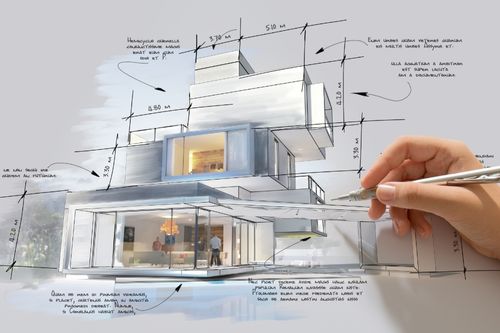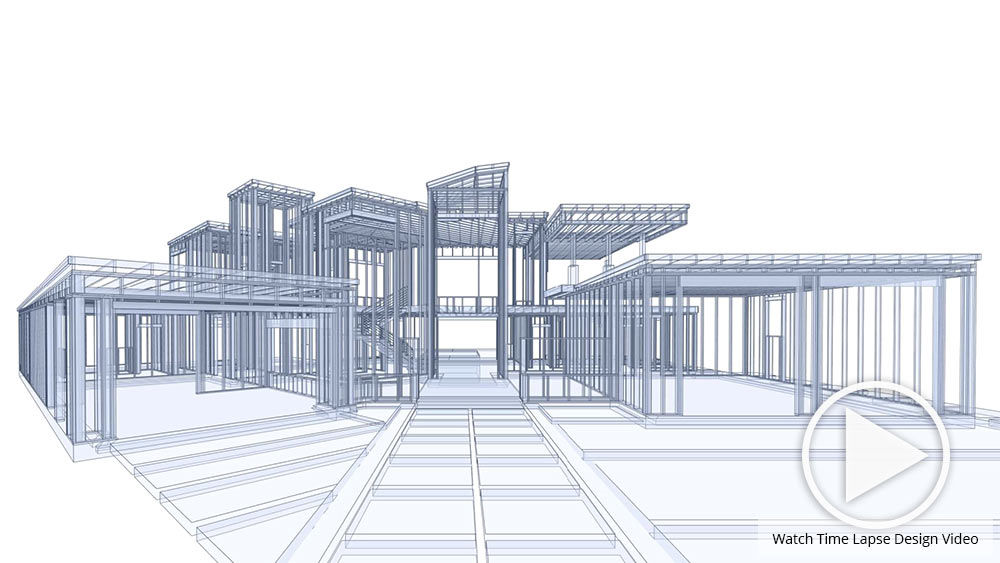Why CDA Architects Are Leaders in Architectural Layout and Advancement
Why CDA Architects Are Leaders in Architectural Layout and Advancement
Blog Article
A Thorough Overview of Architectural Styles and Their Influence on Modern City Planning and Advancement
Architectural designs have actually long served as a mirror to the social values and technological advancements of their time, playing an essential role in forming contemporary city preparation and advancement. From the splendour of Neoclassicism to the practical technique of Brutalism, each style has presented special principles that influence urban visual appeals and capability.
Historical Introduction of Building Designs

As societies transitioned through the Center Ages, Gothic design emerged, characterized by its verticality and intricate describing, mirroring the spiritual goals of the era. The Renaissance noted a resurgence of classical perfects, combining art and architecture in innovative means that influenced subsequent designs across Europe.

Today, architectural styles remain to progress, driven by globalization and sustainability worries, showing a vibrant interaction in between heritage and technology. This historical overview underscores the relevance of design as a mirror of social development and as a catalyst for urban advancement.
Secret Architectural Styles Explained
The variety of architectural styles reflects the myriad impacts that form our built setting, each embodying unique characteristics and social significances. Key building styles consist of Classic, Gothic, Baroque, Innovation, and Postmodernism, each representing special historical contexts and aesthetic viewpoints.
Timeless design, rooted in ancient Greece and Rome, stresses proportion, proportion, and making use of columns (cda architects). On the other hand, Gothic design, growing in the Middle Ages, is characterized by sharp arcs, ribbed vaults, and flying buttresses, developing an angelic high quality in sanctuaries. Baroque style, arising in the 17th century, is marked by majesty, intricate decoration, and a vibrant interaction of light and darkness
Modernism, which acquired momentum in the early 20th century, focuses on feature over form, making use of new materials like steel and glass to develop minimalist structures. Postmodernism, responding against the austerity of Modernism, accepts eclecticism and historic referral, frequently including playful elements and irony.

Influence on Urban Preparation
In forming the advancement of cities, building styles significantly affect city planning choices. The choice of building style commonly determines the aesthetic appeals, functionality, and overall character of city environments.
In addition, building designs can impact zoning policies and land make use of policies. Urban organizers should take into consideration the dominating architectural fads when designing areas, ensuring that brand-new growths harmonize with existing frameworks. This consideration promotes natural metropolitan landscapes and enhances neighborhood identification.
The implementation of specific building designs can likewise influence socioeconomic elements within a city. For instance, high-end contemporary styles might attract upscale citizens and organizations, causing gentrification, while extra inexpensive real estate options might focus on practical and lasting styles to fit varied populaces. Eventually, the interaction between architectural styles and urban preparation creates dynamic cities that mirror both historic context and contemporary demands, shaping the lived experiences of their citizens
Sustainability and Modern Architecture
Building designs play an essential role in resolving contemporary obstacles, particularly in the world of sustainability. As urban locations expand and environmental problems heighten, modern-day design significantly embraces sustainable layout principles that focus on power efficiency, resource preservation, and minimal environmental influence.
Contemporary architectural motions, such as biophilic style and environment-friendly architecture, supporter for frameworks that integrate with their environments, utilizing natural materials and advertising biodiversity. These designs frequently integrate renewable resource sources, such as solar panels and wind generators, to lower dependence on nonrenewable fuel sources and lower carbon footprints.
Additionally, the assimilation of advanced technologies, such as wise structure systems, improves power monitoring, maximizing source use while ensuring resident comfort. Ingenious water administration methods, consisting of rain harvesting and greywater recycling, more add to lasting city settings.
Especially, sustainability expands past ecological problems; it incorporates social and financial measurements too. By promoting community well-being and promoting inclusivity, modern architectural designs straighten with lasting over here advancement goals. As a result, the development of architectural practices continues to form resistant cities that my website not just fulfill the demands of today yet likewise secure the future for generations to find.
Community Involvement in Style
Area engagement in design works as a critical bridge in between designers and the populations they serve, ensuring that the built setting shows the needs and desires of its individuals. This joint process invites neighborhood members to add their insights and choices, fostering a feeling of ownership and duty toward the rooms they populate.
Effective neighborhood engagement uses various approaches, such as workshops, surveys, and public discussion forums, to gather varied point of views. These approaches assist in a two-way dialogue, permitting architects to understand local contexts while equipping residents to articulate their problems and wishes. This inclusivity not just enhances the style top quality but likewise advertises social equity by dealing with the one-of-a-kind challenges dealt with by marginalized teams.
Furthermore, area engagement can cause cutting-edge solutions that may not arise in a traditional style procedure. By incorporating check local knowledge and cultural worths, engineers can create spaces that resonate more deeply with individuals, boosting usability and sustainability. Ultimately, prioritizing neighborhood involvement in layout processes leads to settings that support social interactions, support wellness, and reinforce community ties, thereby playing a critical function fit modern-day urban landscapes.
Final Thought
Architectural designs have actually exceptionally influenced modern-day city preparation and advancement, showing progressing cultural and technical contexts. As cities proceed to grow and adjust, the continuous dialogue in between architectural heritage and modern style principles will certainly stay vital in creating comprehensive, dynamic rooms that improve quality of life and advertise social equity.
Report this page